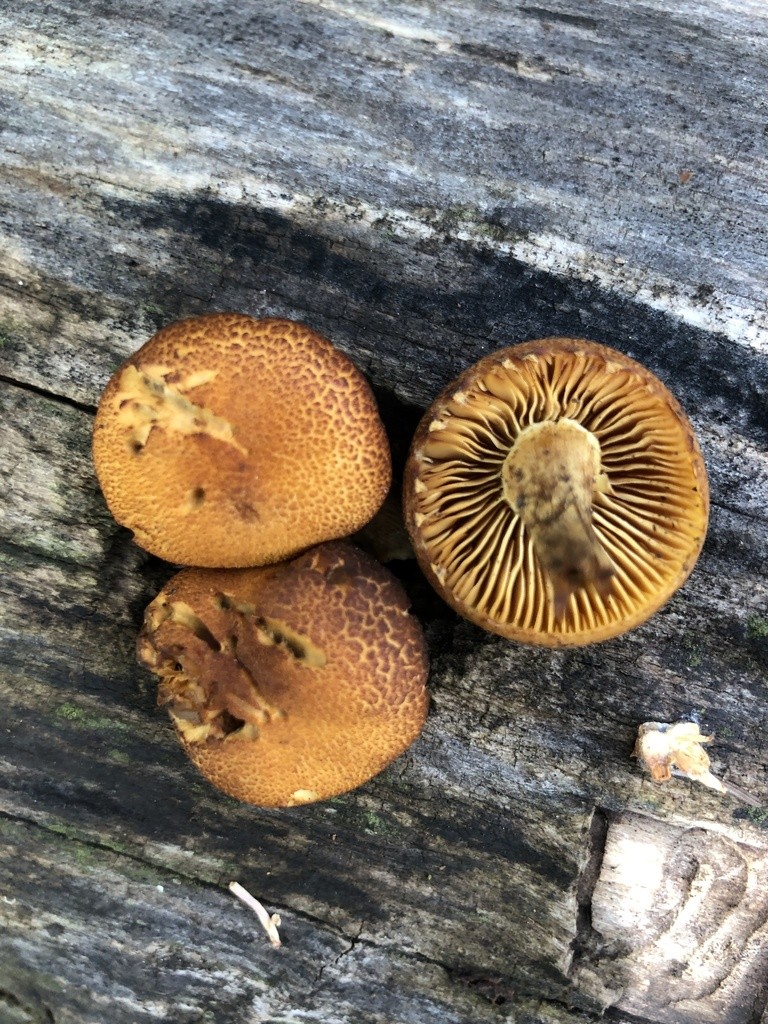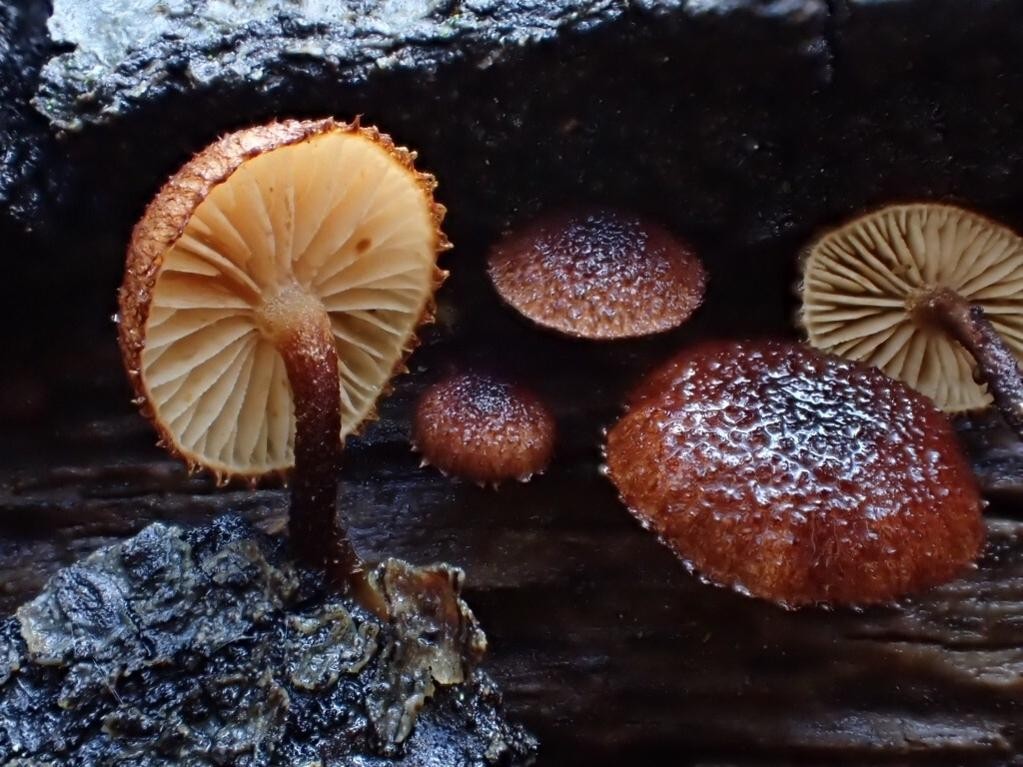Phaeomarasmius
Scientific name: Phaeomarasmius
Phaeomarasmius
Scientific name: Phaeomarasmius
 Photo By pinonbistro , used under CC-BY-NC-4.0 /Cropped and compressed from original
Photo By pinonbistro , used under CC-BY-NC-4.0 /Cropped and compressed from original Description
Phaeomarasmius are a group of fungi commonly found in forested areas. They typically grow on decaying wood or leaf litter, playing a crucial role in breaking down organic material and contributing to nutrient cycling in ecosystems. Members of this group often feature small, brownish caps with gills underneath. While they may look unassuming, their ecological importance lies in their ability to decompose dead plant matter, thus facilitating the recycling of nutrients back into the soil.
Species of Phaeomarasmius
Scientific Classification
Phylum
Club fungi Class
Mushroom-forming fungi Order
Gilled fungi Family
Inocybaceae Genus
Phaeomarasmius 